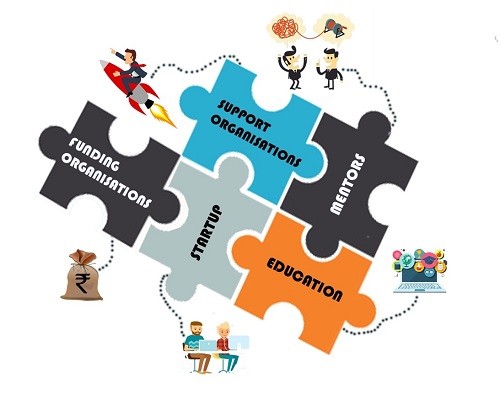1. What is GAAP Conversion?
Converting from one GAAP to another GAAP. It often means changing more than just the numbers; there are often wider business or reporting implications to manage. It also requires change in strategic and operational procedures or policies.

2. Why is GAAP Conversion required?
The need for GAAP conversions arises for a variety of reasons:
- Local regulatory change? particularly when an old GAAP is being replaced by a new one in a jurisdiction (this new GAAP could be a new local standard or one aligned to IFRS)
- In the due diligence phase of an acquisition? where it is important to understand how the accounting of a target will change or be adapted as a result of being consolidated into a new group
- Preparation of shareholder information pack, where financial reporting of a potential target needs to be included under the same accounting policies as the acquirer.
- An initial public offering (IPO) ? when a company must prepare its financial statements under new rules for a listed company (most commonly under IFRS for listings cross border), which it did not have to apply as a private company.
3. What is process of performing GAAP Conversion?

| Phase | Objective and Process |
|---|---|
| Impact Assessment |
Objective:
|
| Measurement |
Objective:
|
| Presentation and Disclosure |
Objective:
|
| Sustain |
Objective:
|








 CAclubindia
CAclubindia
